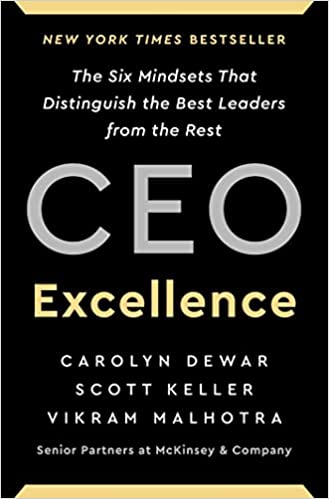Suggested Reading
Six Steps to Small Business Success
By Five PASBA Members
Written and inspired by members of the “Professional Association of Small Business Accountants (PASBA), this book will help any small business owner remember to dream big, think realistically, and plan carefully, ultimately achieving more than ever imagined.
The Carrot Principle: How the Best Managers Use Recognition to Engage Their People, Retain Talent, and Accelerate Performance
By Adrian Gostick and Chester Elton
The book shows definitively that the central characteristic of the most successful managers is that they provide their employees with frequent and effective recognition.
The Referral of a Lifetime: The Networking System That Produces Bottom-Line Results Every Day
By Tim Templeton
Another book from the Ken Blanchard Series its author uses a fable to explain how understanding one’s personality type can enable you to showcase strengths and improve weaknesses to achieve success in business and in life.
Book of the Month

CEO Excellence
Carolyn Dewar, Scott Keller, Vikram Malhotra
From the world’s most influential management consulting firm, McKinsey & Company, this is an insight-packed, revelatory look at how the best CEOs do their jobs based on extensive interviews with today’s most successful corporate leaders—including chiefs at Netflix, JPMorgan Chase, General Motors, and Sony.
Being a CEO at any of the world’s largest companies is among the most challenging roles in business. Billions, and even trillions, are at stake—and the fates of tens of thousands of employees often hang in the balance. Yet, even when “can’t miss” high-achievers win the top job, very few excel. Thirty percent of Fortune 500 CEOs last fewer than three years, and two out of five new CEOs are perceived to be failing within eighteen months.
For those who shoulder the burden of being the one on whom everyone counts, a manual for excellence is sorely needed.
To identify the 21st century’s best CEOs, the authors of CEO Excellence started with a pool of over 2400 public company CEOs. Extensive screening distilled that group into an elite corps, sixty-seven of whom agreed to in-depth, multi-hour interviews. Among those sharing their views: Jamie Dimon (JPMorgan Chase), Satya Nadella (Microsoft), Reed Hastings (Netflix), Kazuo Hirai (Sony), Ken Chenault (American Express), Mary Barra (GM), and Peter Brabeck-Letmathe (Nestlé).
What came out of those frank, no-holds-barred conversations is a rich array of mindsets and actions that deliver outsized performance. Compelling, practical, and unprecedented in scope, CEO Excellence is a treasure trove of wisdom from today’s most elite business leaders. More...


